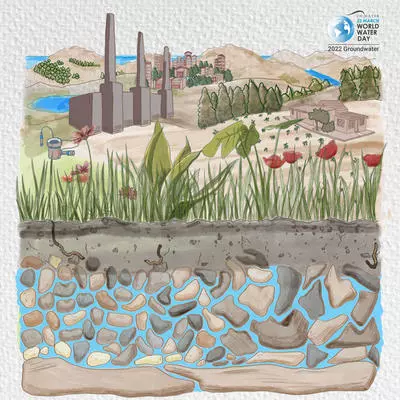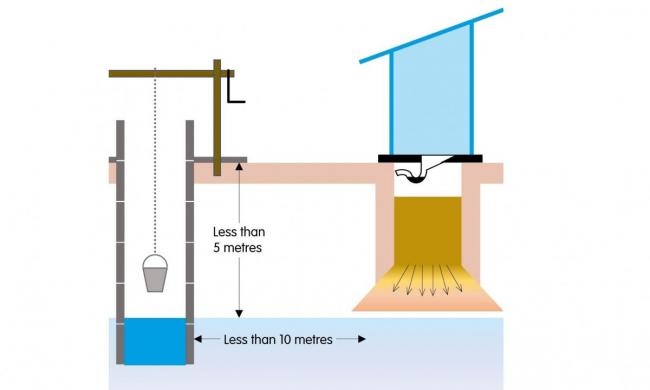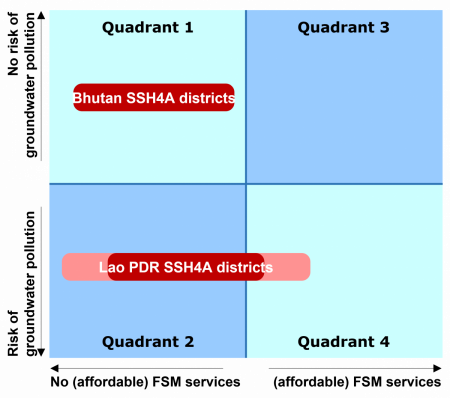When realising safe sanitation avoid making pit emptying an afterthought.
Published on: 10/03/2022
Since 1993, the world has been celebrating World Water Day every 22 March. This year’s theme is ‘Groundwater, making the invisible, visible.’ It raises the alarm for growing global concern over the need to protect groundwater – the source of almost all liquid freshwater in the world – from further contamination, due to increasing population, urbanisation, industrialisation, and agriculture.
As more people all over the world gain access to a toilet that is not connected to a sewerage system, it is critical to ensure proper containment of human waste to minimise the threat of groundwater contamination. In making the invisible groundwater visible, it is important to also unpeel the layers of invisibility that lead to groundwater contamination – this includes poorly designed, constructed, and operated onsite sanitation facilities.
In this blog, I share some key points from SNV’s ongoing multi-stakeholder learning processes and practical research on safely managed sanitation in rural Bhutan and Lao PDR.

Source: Share | World Water Day
In 2020, one in four people (2 billion people) lacked safely managed drinking water at their home. At current rates of progress, 1.6 billion people will remain without safely managed drinking water services by 2030. The situation for sanitation is even bleaker with nearly half the world’s population (3.6 billion people) lacking safely managed sanitation services in 2020.
Poorly managed sanitation and inappropriate sanitation technologies can pollute our water sources. In the absence of sewer connections, toilets rely on onsite storage facilities in the form of pits or (septic) tanks – usually located below ground level to which the toilet is connected – to separate human waste from people. Oftentimes, the selection of these types of toilets does not adequately consider the likelihood of groundwater contamination.

The importance of safe siting of pit latrines to avoid groundwater pollution
As part of the Sustainable Sanitation and Hygiene for All (SSH4A) programme, SNV documented its latest insights and learning on rural sanitation in Bhutan and Lao PDR. The documentation explores existing regulatory frameworks around faecal waste management, faecal sludge accumulation rates, and associated pit filling rates in their respective contexts.
Several key points emerged from this research:


The research provides a simple methodology to support the selection of a suitable onsite sanitation technology. Alongside consumer considerations such as affordability and individual preferences, two critical determinants offer important insights into making an informed choice. These are:
Based on practical research and lessons learnt, the approach to realising safely managed sanitation in this context is to avoid making pit emptying an afterthought or only when a pit or tank is about to fill up or overflow. From the start, plan accordingly. Hence, the application of the pit emptying services versus groundwater pollution risk matrix can provide important insights in the decision-making process.

Other factors to consider in the decision-making process and an overview of the types of onsite sanitation technologies per quadrant are outlined in the learning papers.
It takes more than just a few smart (or appropriate) technology options to achieve safely managed sanitation. The learning papers list other crucial elements of the WASH system that will require strengthening to ensure adequate and equitable sanitation for all by 2030. Think of changes to policies and legislation, improved service level monitoring, changing user behaviour and practices, and so on.
At IRC we have strong opinions and we value honest and frank discussion, so you won't be surprised to hear that not all the opinions on this site represent our official policy.